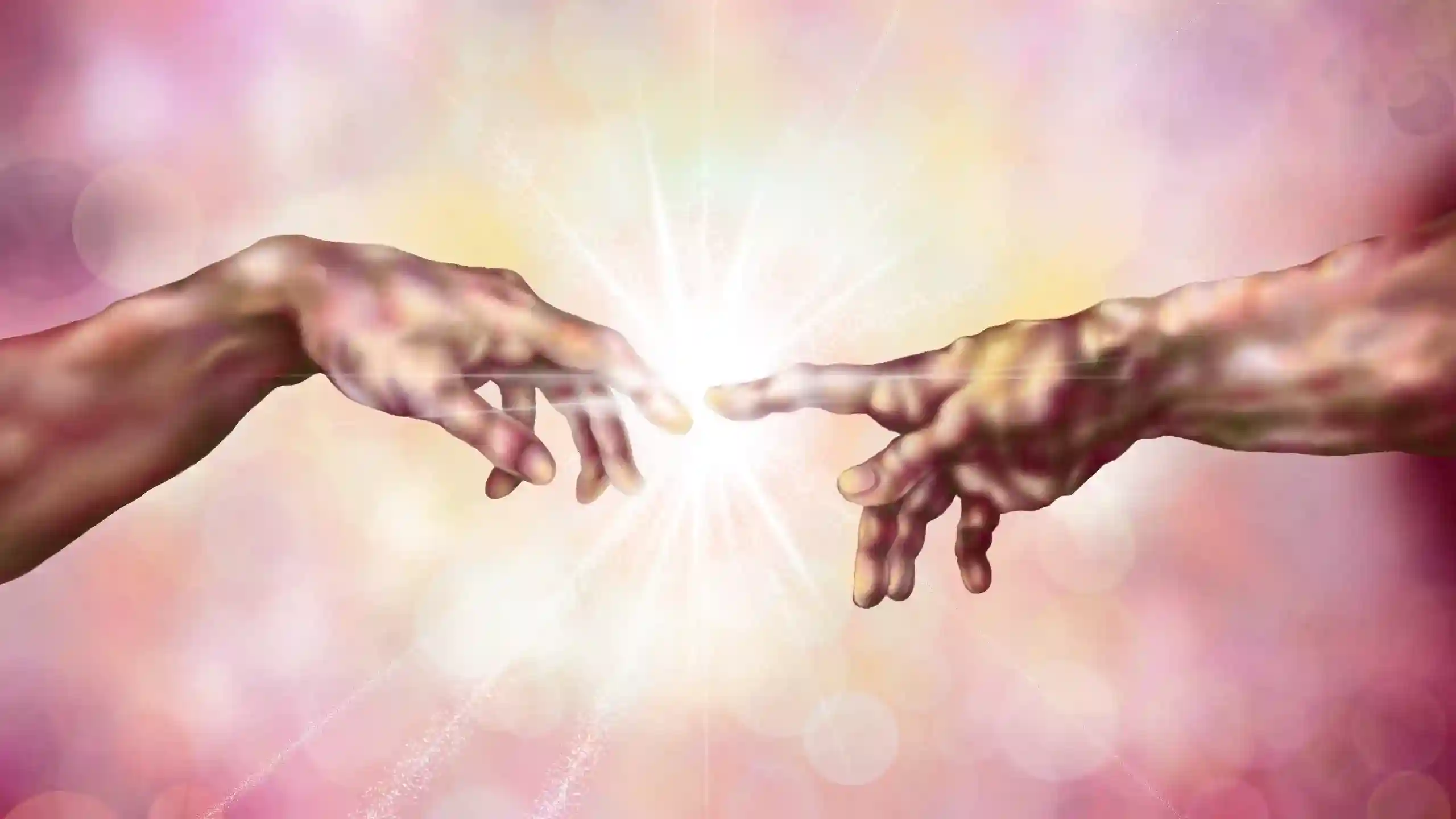Aurora Nind remembers the first time her now-boyfriend walked into the greenhouse where she was working. It was the summer of 2020 and the fourth-year fashion communication student was back in her hometown of Yellowknife.
Nind was busy getting an order of flowers for the city ready when an attractive, younger-looking man walked in to pick them up. His blonde hair and quiet confidence caught her attention immediately.
Who is THAT? she remembers thinking. After an awkward and brief interaction with him, Nind asked a coworker and friend who wasn’t in that day if they knew anything about the man. Because Yellowknife is such a small, close-knit community—with a population of just over 20,000—the idea of an attractive stranger was especially intriguing.
Nind thought about him frequently over the next few days. When she was once again tasked with preparing a flower order for the city, she crossed her fingers hoping they’d send the same employee to pick them up.
Luck was on her side—the man came in once again. This time, the pair made small talk about school and canoeing as they picked out flowers and Nind rang up the order.
This was the kind of interaction where both people knew they were interested in one another, but neither addressed the feeling, says Nind. She felt warm—almost sweating—with nerves and a rush of butterflies in her stomach. She knew it was “the spark.”

We know the spark from romantic comedies—that moment when two characters lock eyes from across a crowded room and everything around them blurs, as if they’re the only two people on earth.
While the spark may not always be quite so picturesque in real life, Toronto Metropolitan University (TMU) students say it’s still a beautiful experience that’s most certainly played a role in the success of their romantic relationships.
Sarah Knudson, a professor of sociology at the University of Saskatchewan, says the spark is very real in relationships.
“Without realizing it, they're talking about compatibility,” says Knudson. She explains how, just like two rivers that can flow into one another without causing turbulent waters, the energy of both people is able to flow together when they’re with one another.
Compatibility is largely based on “propinquity,” says Knudson. In the context of social sciences, that refers to two people having a physical or psychological closeness to one another. For example, two people from rural parts of Ontario might find it easier to connect as they grew up in similar contexts.
Propinquity can also include things like being from the same religious background, having the same level of education and being close in age.
While some of these kinships are identifiable at first glance, it usually takes at least a conversation or two to notice most of these similarities. That’s why Knudson says the spark isn’t defined just as something that happens on the first date. Instead, it's something that can happen any time in the early stages of knowing someone.
That was the case for Maria Anghel, a fourth-year mathematics and its applications student, who felt the spark with her boyfriend after only a few weeks of getting to know him.
The pair met online while playing the video game
Hell Let Loose, a first-person shooter game that takes place in World War II. Anghel, her now-boyfriend and his friends began chatting using the game’s chat function.

Eventually, Anghel and her boyfriend split off from the group, messaging each other privately over Discord and then playing different games without the others. They became good friends before they both realized the romantic connection between them.
“We didn't have the physical aspect of it involved, [so] the spark was more mental and emotional, which I really enjoyed,” says Anghel. She remembers feeling butterflies and a pulsing in her heart whenever she spoke to him.
I don't want to lose this feeling, she thought at the time. That feeling made Anghel want to get to know this new friend better.
Knudson says the spark is like the tip of an iceberg—it ignites the urge to get to know someone more intimately.
“There's something right off the bat that’s recognizable, that's compatible. And then there's this exciting process of discovering more layers or substance underneath it.”
But the spark isn’t everything, according to Knudson. She says some people who may be “serial daters” or otherwise very flirtatious might generate sparks with lots of people, but those won’t necessarily lead to a long-lasting relationship.
Knudson says a lot of what makes people feel loved and nurtured in long-term relationships feels quite calm and almost boring—things like having shared values, for example. For couples that have an enduring relationship that began with a spark, that electric feeling tends to be replaced by calmer emotions.
With Nind studying in Toronto, she and her boyfriend have had to make long-distance work. Nind says the feeling of nervous excitement resurfaces when she travels back to Yellowknife and again when she’s about to leave. When they’re together though, she says the spark has faded into comfortability.
“I think that's inevitable, you just get more comfortable with the person,” says Nind. “It's just nice having somebody that you can text whenever, chat to whenever. It feels better than that nervous excitement.”
While Anghel says she thinks the spark is a necessary part of a lasting relationship, Nind isn’t so sure. Although the intensity can help get a relationship off the ground, Nind says there are other ways for people to bond as long as they’re excited about one another.
Both Nind and Anghel agree that romantic interest in someone might take time to develop before the sparks start flying.
Anghel says most of her past relationships have lasted about four months, at which point she’d end them due to the lack of a spark. In those past relationships, she'd rely on shared interests and a general intrigue in the other person while she waited for a potential spark to form.

Nind, on the other hand, says there’s no set number of dates or length of time one should spend with another person while trying to generate a spark. Instead, she urges others not to overthink their romantic interactions.
“People also take a while to come out of their shell,” says Nind. “Just take it a day at a time and if you enjoy hanging out with them, then that's all that really matters.”
Knudson says two to three dates is likely long enough to wait for the spark—so long as the other person isn’t being disrespectful, creepy or generating any other negative gut feelings.
“It could be that there is a spark but you're not seeing it right off the bat because one or both [of] the people are too bogged down and nervous about making a good first impression,” says Knudson.
And despite the research and logic that can explain romantic ideas like the spark, Knudson admits some of the “magic” is simply unexplainable.
Knudson says any professional in the social sciences could quite accurately predict, based on a description of two people’s personalities and lifestyles, whether or not the pair would generally get along. Yet she’s not sure it’d be possible to determine if two people are romantically meant to be.
“I think that's why we are able to still invest in pop culture narratives about soulmates and finding your “one.”



